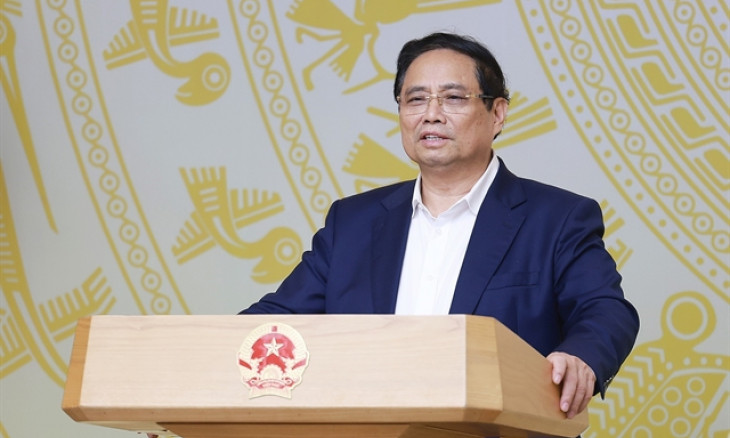Nguyen Sang: A painter with a distinguished art career
Painter Nguyen Sang (1923-1988) had a brilliant art career. He was named among four legendary Vietnamese painters of the 20th century, namely “Nghiem, Lien, Sang, Phai” (Nguyen Tu Nghiem, Duong Bich Lien, Nguyen Sang and Bui Xuan Phai).
An art talk entitled ‘Memories of painter Nguyen Sang’ was recently held in late July at the Vietnam Fine Arts Museum in Hanoi, to celebrate the 100th birth anniversary of the celebrated painter.
Nguyen Sang was born on August 1, 1923, in Dieu Hoa village, My Tho province, now My Tho City, Tien Giang province. He was admitted to the École des Beaux-Arts de l’Indochine (Fine Arts College of Indochina) in 1938.
He joined the revolution in Hanoi, in August 1945. At the end of December 1946, he went to the Viet Bac revolutionary base, where he utilised his talent to serve the national resistance war against the French colonialists.
Sang spent days living with the soldiers during the anti-French resistance war. He became familiar with their figures, manner and equipment. However, he carefully made many sketches to study the soldier's physique, weapons, and personal belongings before painting them.
In addition to mastering both lacquer and oil paintings, Nguyen Sang also developed innovations in the two genres by adding new colours to the colour palette and utilising the materials to present contemporary topics on daily life, wartime, and revolution.
He also successfully applied the European painting style in his artworks.
Notably, Sang designed the first postal stamp collection in Vietnam. The stamp sample was issued in 1946, featuring the portrait of President Ho Chi Minh.

Nguyen Sang stood out in portraying the features and characteristics of characters in his paintings. His artworks cover a wide range of themes, from wartime and soldiers’ life, to landscapes, people, and flowers.
Prominent among his paintings were ‘Party Admission Ceremony in Dien Bien Phu’, ‘Marching in a Rainy Night’, ‘Soldiers Take a Rest on the Hill’, ‘Young Woman and Lotuses’, ‘Saint Giong’, and ‘Wrestling’.
According to painter Luong Xuan Doan, Chairman of the Vietnam Fine Arts Association, Nguyen Sang is the only artist to have two paintings recognised as national treasures. The two paintings are ‘Party Admission Ceremony in Dien Bien Phu’ and ‘Youth of the City’.
The artwork ‘Party Admission Ceremony in Dien Bien Phu’, was completed by Nguyen Sang in 1963, nine years after the Dien Bien Phu Victory.
The lacquer painting depicts the Party admission ceremony - an important event for each soldier - on the Dien Bien Phu Battlefield. The painting has a tight composition, strong shapes, and bold colours. Sang didn’t show off too many techniques, but the bold contrast and ingenious colour transition showcased a richness of colours and the artistic style of the leading artist of Vietnamese fine arts. It is an epic representation of the Vietnamese revolutionary spirit.
Meanwhile, the ‘Youth of the City’ painting was created in 1967, when Sang was living and working in Hanoi. The painting was inspired by the brave struggle of students in the Southern region to fight against the US.
Nguyen Sang reached his pinnacle in the realism style, leaving his imprint in modern Vietnamese art and establishing himself as an exceptional talent.
Painter Dang Thi Khue
Recalling her memories about Nguyen Sang, painter Dang Thi Khue, a close friend of Sang, said that although he was born in the Southern region, Sang developed a strong attachment to the Northern region and the capital city of Hanoi in particular.
That is the reason why he decided to host his first and only solo exhibition in Hanoi in 1984.
The exhibition, organised at the Vietnam Fine Arts Museum, displayed more than 100 Sang paintings, which was just a small part of his huge collection.
The event was so important to Sang that he even considered the opening day of the exhibition as his second birthday, painter Khue revealed.
Nguyen Sang passed away in 1988 in Ho Chi Minh City, at the age of 65. He was posthumously awarded the Ho Chi Minh Prize for Literature and Art in 1996. His name was also mentioned in France’s Larousse Encyclopaedia.






